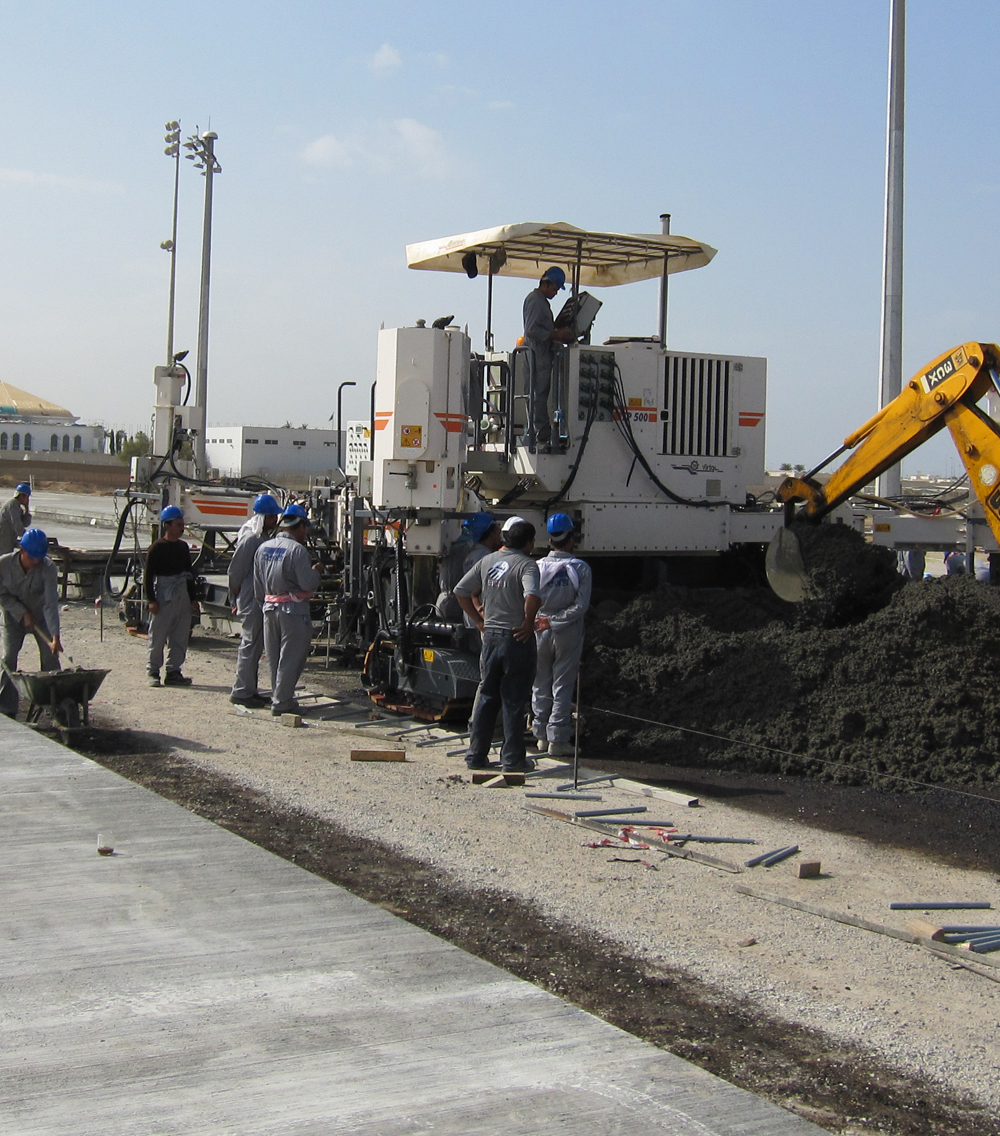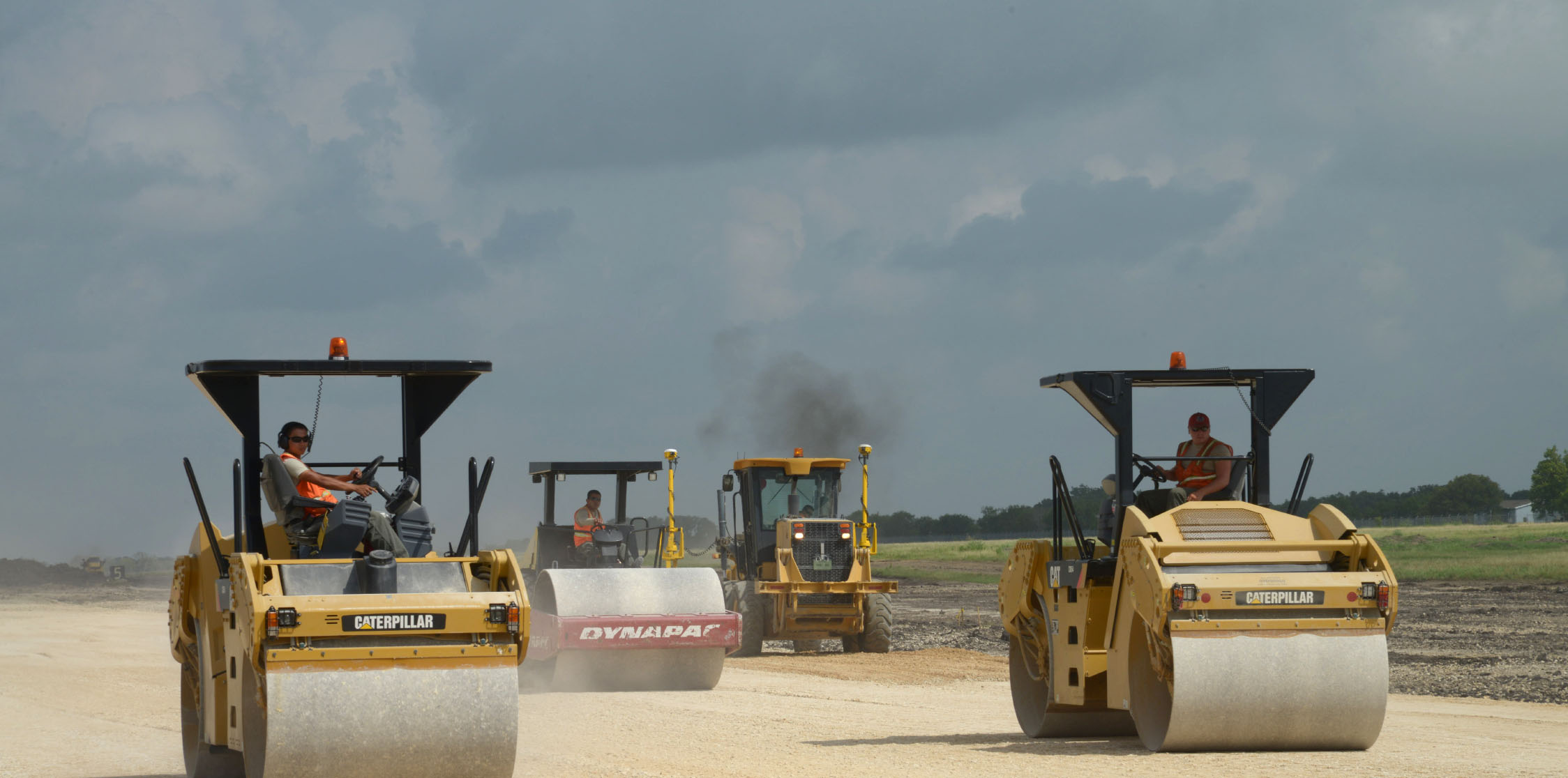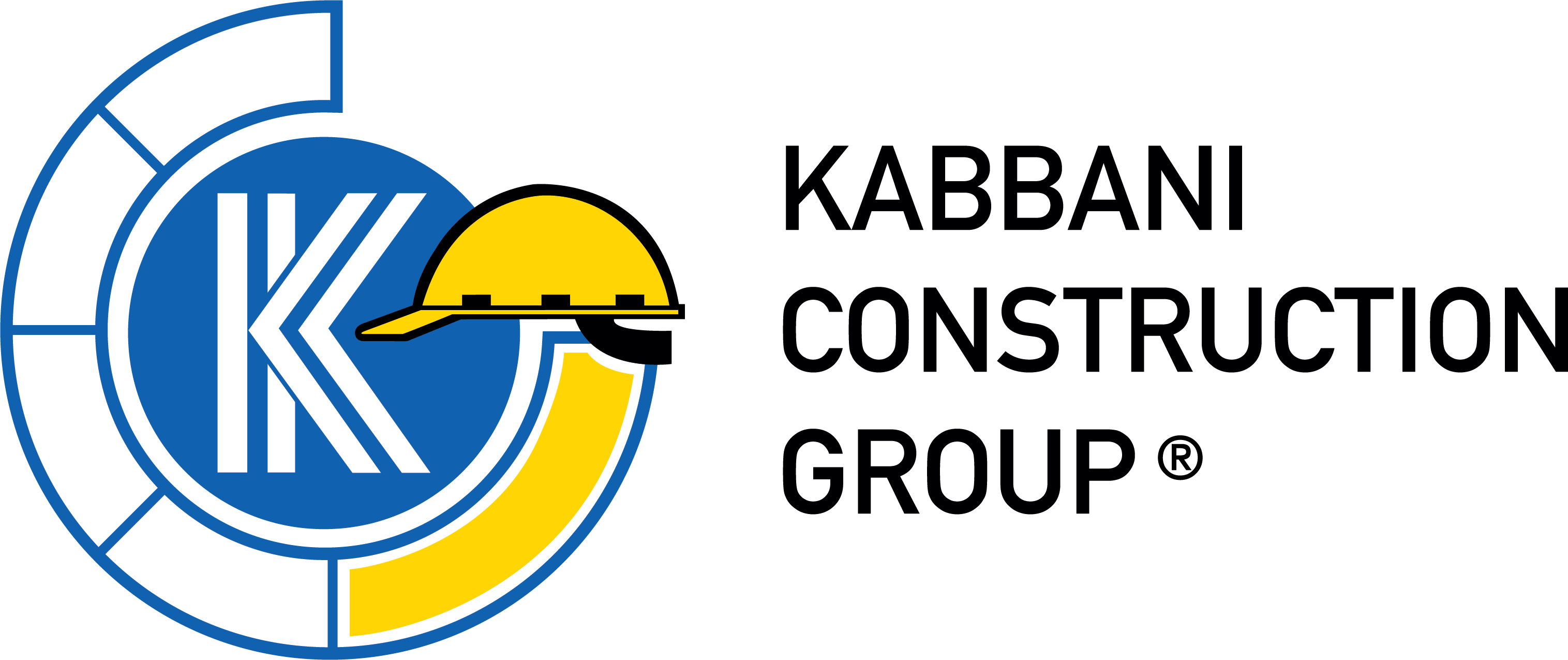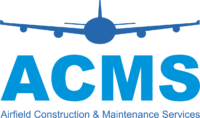Airfield Construction & Maintenance
Airfield construction services involve runway retexturing, epoxy repairs, grooving, overband sealing,, joint sealing, cocnrete repairs, concrete paving and much, much more.
There are many different steps that are necessary to take when you are constructing an airfield. First, you need a satisfying design; one that is suitable and appropriate for the location. Once the design is approved, you need to make sure the site is not only ready, but also capable of accommodating an airfield.
When it comes to airfield maintenance on the other hand, there are many different techniques and methods to revitalizing your airfield, such as runway re-texturing, epoxy repairs, overband sealing and more.

Airfield construction and maintenance involves many different services and tasks, some of which are listed below.
- Runway Retexturing
- Epoxy Repairs
- Grooving
- Overband Sealing
- Joint Sealing

Tasks Related to Airfield Construction & Maintenance
Runway Retexturing
Epoxy Repairs
Grooving
Overband Sealing
Joint Sealing
Looking For Specialized Contracting Services?
We offer various specialized engineering services through our 16 companies, ranging from waterproofing to fireproofing to concrete repair to steel fabrication.


